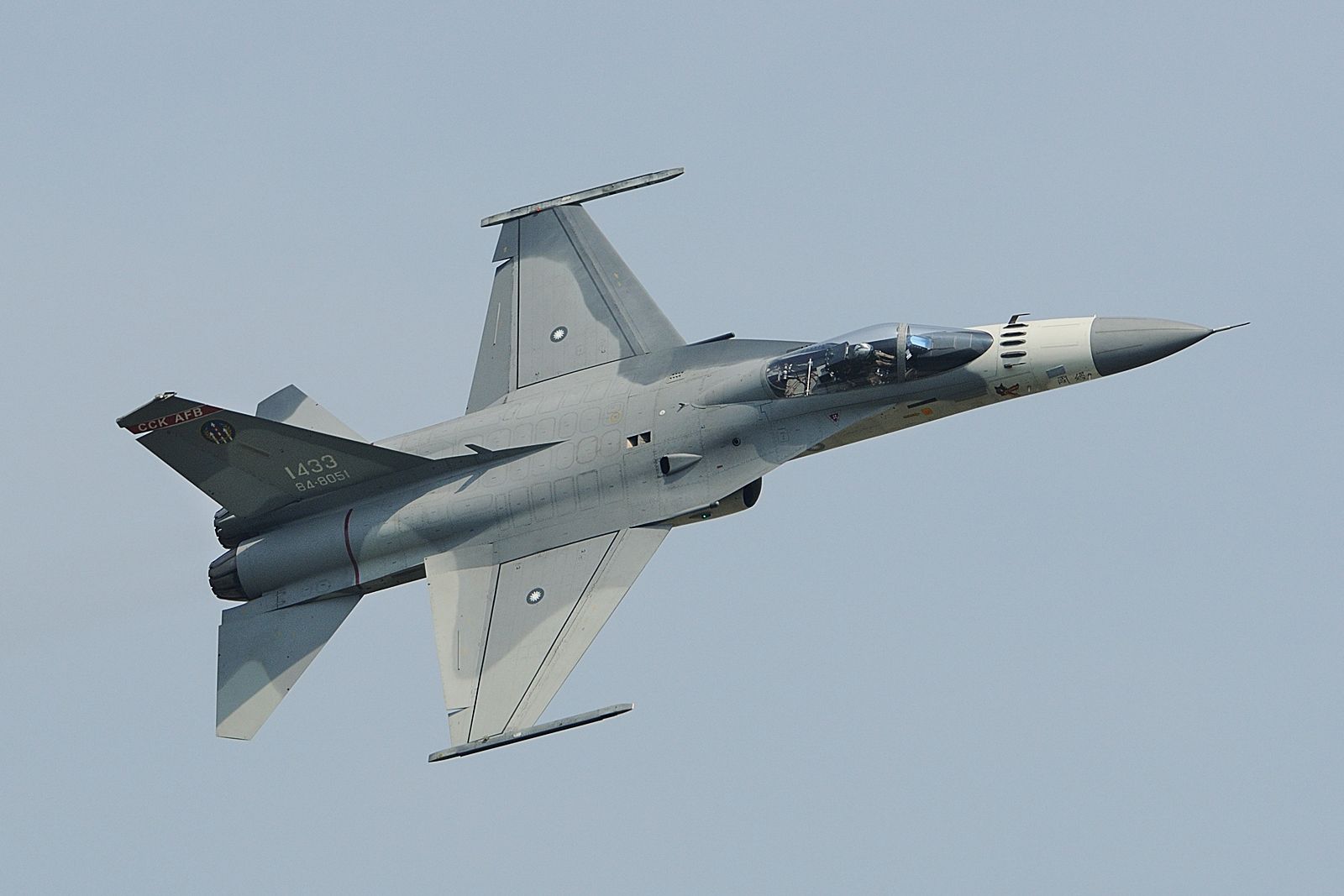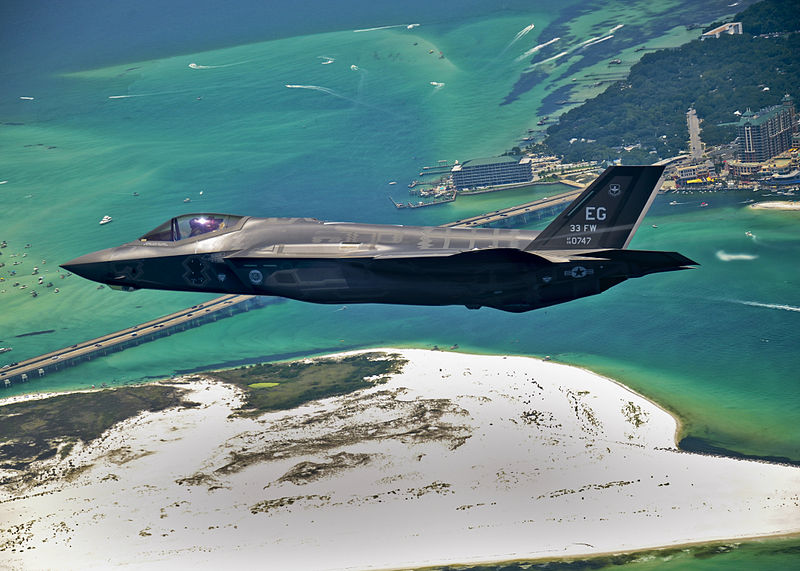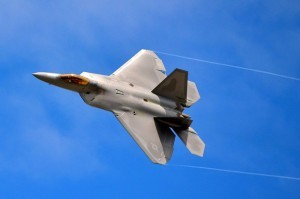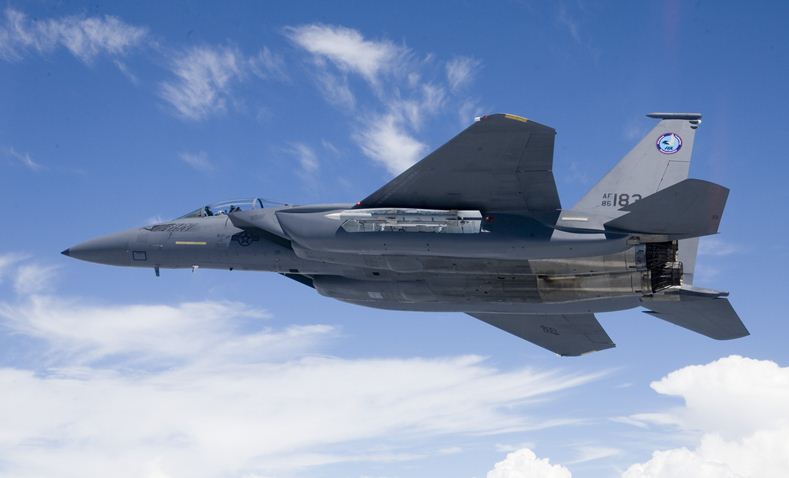Taiwan’s ambitious program to develop an advanced fighter to replace its fleet of F-5s and F-104s began in 1982, after the US government placed an embargo on the sale of the Northrop F-20 and any comparable fighter. The same restrictions were not placed on technical assistance, however, and US aerospace companies have collaborated closely with AIDC to develop an indigenous fighter and weapons system. Assistance has been provided by General Dynamics (airframe), Garrett (propulsion), Westinghouse (radar) and a Smiths Industries-led team (avionics).
The fuselage of F-CK-1 closely resembles F-16 and F/A-18 since the program has received assistance from U.S defense contractors. The cockpit is very similar to that of F-16, with the side-stick controller on the right, the throttles on the left, and the Martin-Baker Mk 12 zero/zero ejection seat sloped at thirty degrees. There is one Elbit HUD, two Bendix MFDs, and Honeywell H423 inertial navigation system. Allied Signals’ AiResearch Division helped design the environment control system. Canopies on pre-production aircraft and two-seaters are hinged on starboard side and open to port; while those on production single-seat aircraft are hinged on the rear and open upward.
At the end of 1982, the F-CK-1’s role shifted from a high-speed interceptor to an air superiority fighter . U.S. engine company Garrett and AIDC invested in the new International Turbine Engine Corporation (ITEC). ITEC completely redesigned the TFE-1042-7 that powers the IDF into the TFE-1042-70, and the investment had increased from USD 1.8 billion to about USD 3.2 billion..
In 1988, ITEC decided to invest in the 12000 lb TFE-1088-12, which was re-designated as TFE-1042-70A. Preliminary study had shown that IDF could supersonic cruise with the new engine. At the same time, GE decided to enter the market with J101/SF, a smaller version of F404. However after the IDF order was cut in half from 250 to 130 in 1992, the TFE-1088-12 engine upgrade plan ended as well. Since then, there are many rumors of AIDC completing engine upgrade research in private, but no direct public announcement of F-CK-1 fleet engine upgrade was ever made officially by either ROCAF or AIDC.
General characteristics
* Crew: 1-2
* Length: 14.21 m (46 ft 7 in)
* Wingspan: 9.46 m (31 ft 0 in)
* Height: 4.42 m (14 ft 6 in)
* Wing area: 24.2 m² (260 ft²)
* Empty weight: 6,500 kg (14,300 lb)
* Loaded weight: 9,072 kg (20,000 lb)
* Max takeoff weight: 12,000 kg (27,000 lb)
* Powerplant: 2× Honeywell F125-70
o Dry thrust: 27 kN (6,000 lbf) each
o Thrust with afterburner: 42 kN (9,500 lbf) each
Performance
* Maximum speed: Mach 1.8
* Range: 1,100 km (600 nmi, 680 mi)
* Service ceiling: 16,800 m (55,000 ft)
* Rate of climb: m/s (ft/min)
Armament
* Guns: 1× 20 mm (0.787 in) M61A1 cannon
* Missiles:
o 2× Sky Sword I
o 2× Sky Sword II
o Wan Chien cluster bomb
Avionics
* Radar: 1× GD-53 X-band pulse doppler
* Effective scanning range:
o Look down: 39 km (24 mi)
o Look up: 57 km (35 mi)




